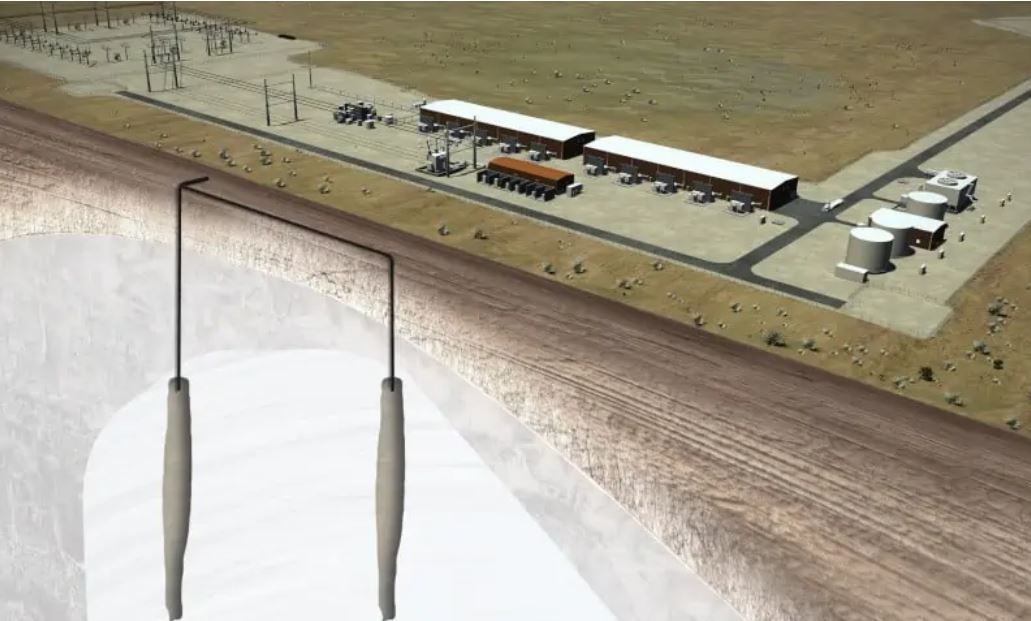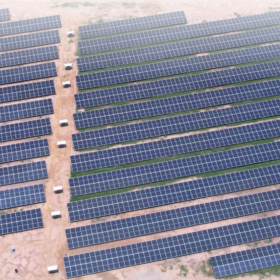From pv magazine Global
Aces Delta, a joint venture between Mitsubishi Power Americas and Magnum Development LLC, plans to build an underground storage project with a capacity of 300 GWh in Delta, Utah.
Advanced Clean Energy Storage I, LLC recently won a $504.4 million loan guarantee from US Department of Energy’s (DOE) Loan Programs Office for the construction of the storage facility. The project will store hydrogen generated by the Intermountain Power Agency’s IPP Renewed Project – an 840 MW hydrogen-capable gas turbine combined cycle power plant located in the area.
“The plant will initially run on a blend of 30% green hydrogen and 70% natural gas starting in 2025 and incrementally expand to 100% green hydrogen by 2045,” Aces Delta said in a statement.
US-based contractor WSP USA has secured an engineering, procurement and construction management contract (EPCM) to build the two underground hydrogen storage caverns, each with a capacity of 150 GWh.
“This stored green hydrogen becomes an energy reserve that can be released to produce fuel for electric power generation at any time,” said WSP USA.
The storage caverns and the power plant will form the Advanced Clean Energy Storage hub, which Aces Delta says will convert renewable energy via 220 MW of electrolyzers to produce up to 100 metric tons of green hydrogen per day. The development of the project began in May 2019.
“Central Utah is the ideal location for this project, and Utah is a business-friendly state for projects like this,” said Craig Broussard, CEO of Magnum. “Magnum’s site adjacent to the Intermountain Power Project is positioned to take full advantage of existing regional electricity grid connections, fully developed transportation infrastructure, ample solar and wind development capacity, a skilled workforce currently transitioning away from coal, and, of course, the unique salt dome opportunity.”
Magnum Development also owns a domal-quality salt formation in the western United States and five operational salt caverns for liquid fuel storage.
This content is protected by copyright and may not be reused. If you want to cooperate with us and would like to reuse some of our content, please contact: editors@pv-magazine.com.









1 comment
By submitting this form you agree to pv magazine using your data for the purposes of publishing your comment.
Your personal data will only be disclosed or otherwise transmitted to third parties for the purposes of spam filtering or if this is necessary for technical maintenance of the website. Any other transfer to third parties will not take place unless this is justified on the basis of applicable data protection regulations or if pv magazine is legally obliged to do so.
You may revoke this consent at any time with effect for the future, in which case your personal data will be deleted immediately. Otherwise, your data will be deleted if pv magazine has processed your request or the purpose of data storage is fulfilled.
Further information on data privacy can be found in our Data Protection Policy.